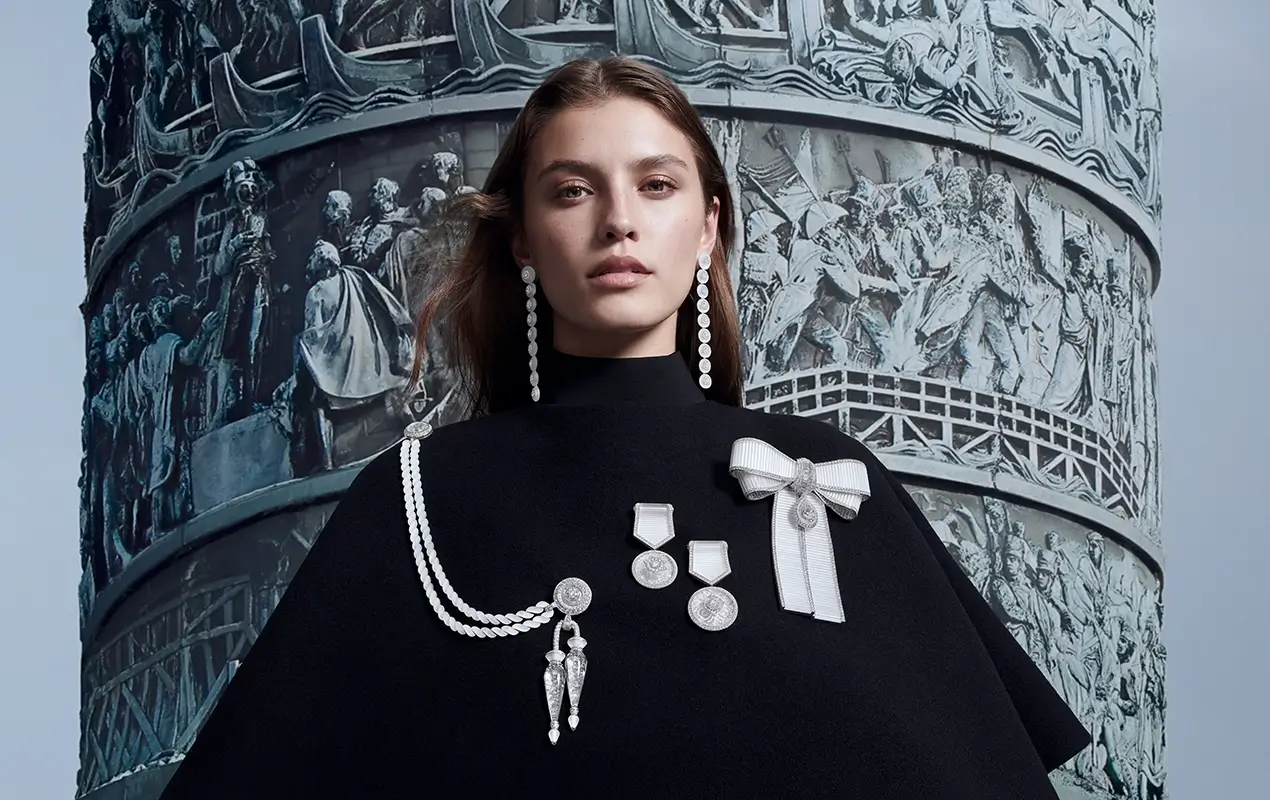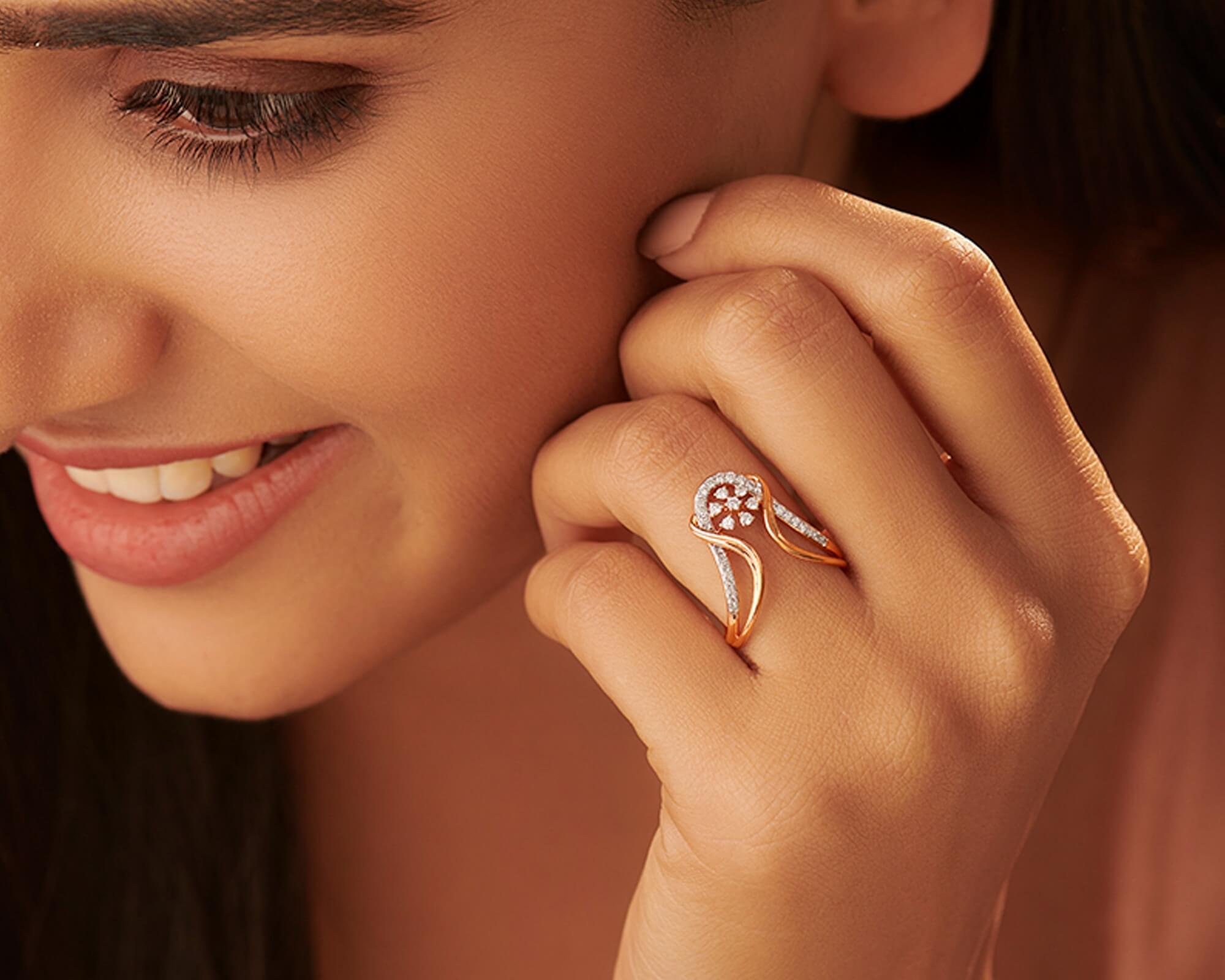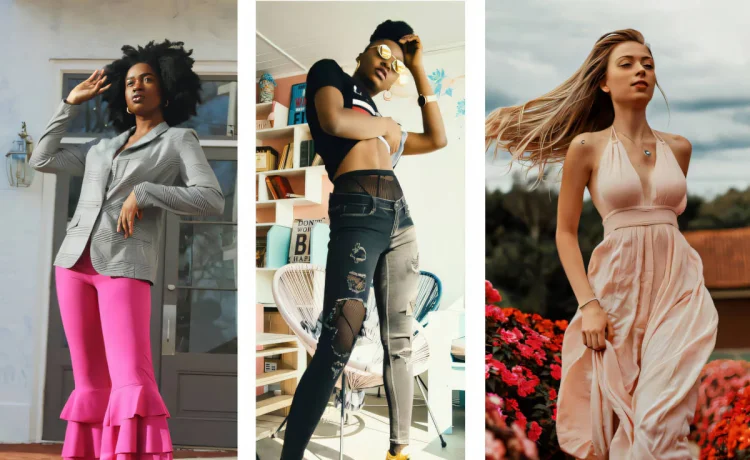Jewelry has always been more than decoration—it is a statement of identity, culture, and artistry. From ancient civilizations that adorned themselves with gold and gemstones to today’s cutting-edge designers experimenting with sustainable materials, jewelry remains an essential element of fashion. Its ability to evolve alongside trends while retaining timeless significance makes it one of the most powerful forms of personal expression.
This article explores how jewelry influences fashion, the role of cultural heritage, emerging trends, and the future of jewelry in a world increasingly defined by individuality and sustainability.
The Historical Roots of Jewelry in Fashion
Throughout history, jewelry has symbolized status, power, and beauty. Ancient Egyptians used elaborate gold collars and gemstone-encrusted pieces to signify wealth and spiritual connection. In India, jewelry has long held cultural and religious importance, with intricate bridal sets symbolizing prosperity and protection. European royalty popularized tiaras, brooches, and pearls as emblems of elegance and refinement.
These traditions continue to influence modern fashion. Designers often draw inspiration from historical motifs, reviving vintage aesthetics and reinterpreting them for contemporary audiences. Jewelry bridges the past and present, creating continuity in the ever-changing fashion landscape.
Jewelry as an Expression of Identity
Fashion is personal, and jewelry amplifies that expression. Unlike clothing, which changes with seasons, jewelry pieces often carry deeper emotional significance. A necklace may symbolize love, a bracelet friendship, or a ring personal achievement. These intimate connections make jewelry unique in the fashion ecosystem.
Today’s consumers increasingly use jewelry to showcase individuality. Layered chains, stacked rings, and personalized charms allow wearers to curate their look in ways that reflect personality and lifestyle. Jewelry is no longer confined to formal occasions—it has entered everyday fashion, from minimalist studs for the office to bold statement earrings for casual outings.
The Role of Jewelry in High Fashion
In the world of haute couture and runway shows, jewelry is not simply an accessory but an integral part of storytelling. Luxury fashion houses collaborate with jewelers to create dramatic looks that elevate garments. Oversized earrings, jeweled chokers, and gem-encrusted belts often steal as much attention as the clothing itself.

Editorial fashion photography also relies heavily on jewelry to add layers of drama and sophistication. A simple black dress, for example, transforms into a striking statement when paired with diamonds or colorful gemstone jewelry. This synergy demonstrates that jewelry is inseparable from the broader narrative of fashion.
Trends in Contemporary Jewelry
Modern jewelry trends reflect the tension between tradition and innovation, with designers experimenting across styles, materials, and meanings. Some of the key trends include:
-
Minimalism: Simple, geometric designs in gold or silver dominate everyday wear, appealing to those who prefer subtle elegance.
-
Statement Pieces: Oversized earrings, chunky necklaces, and bold cocktail rings allow wearers to stand out and embrace confidence.
-
Layering and Stacking: Mixing delicate chains, stacking rings, and layering bracelets enable customization and playfulness.
-
Sustainable Jewelry: Eco-conscious consumers drive demand for recycled metals, lab-grown diamonds, and ethically sourced gemstones.
-
Gender-Neutral Designs: Breaking traditional barriers, designers now create unisex pieces, reflecting evolving notions of identity and inclusivity.
-
Cultural Fusion: Globalization has popularized jewelry styles that blend motifs from different cultures, such as African beadwork, Indian jhumkas, or Native American turquoise pieces.
These trends highlight how jewelry adapts to societal values while remaining timeless in its appeal.
Jewelry in Everyday Fashion
One of the biggest shifts in recent decades is the integration of jewelry into everyday wear. Once reserved for special occasions, jewelry is now part of daily wardrobes. Minimalist hoops, stud earrings, and dainty chains complement work attire, while layered necklaces and bold cuffs elevate casual outfits.
Even athleisure fashion, characterized by comfort and sport-inspired clothing, now incorporates jewelry. Lightweight chains, silicone rings, and understated studs balance function and style. This fusion illustrates how jewelry continues to adapt to modern lifestyles.
The Influence of Celebrities and Social Media
Celebrities, influencers, and social media platforms play a major role in shaping jewelry fashion. Red carpet appearances often set global trends, with viewers eager to replicate the looks of their favorite stars. For instance, when Rihanna, Zendaya, or Harry Styles wear bold, unconventional jewelry, their choices quickly influence mainstream fashion.
Platforms like Instagram, TikTok, and Pinterest amplify this effect. Jewelry brands now reach millions through digital campaigns and collaborations with influencers. Hashtags like #JewelryStyle or #AccessoryGoals inspire consumers to experiment with new looks, making jewelry a viral element of fashion culture.
The Rise of Sustainable and Ethical Jewelry
As sustainability becomes a central value in fashion, jewelry brands are adapting to meet consumer expectations. Concerns about unethical mining practices and environmental damage have fueled interest in alternatives such as:
-
Lab-grown diamonds: Chemically identical to natural diamonds but produced in controlled environments with lower environmental impact.
-
Recycled metals: Repurposing gold and silver reduces demand for new mining.
-
Fair-trade gemstones: Ensuring workers are paid fairly and operate in safe conditions.
Consumers are increasingly drawn to brands that combine style with responsibility, signaling that sustainability is not a passing trend but a defining feature of the future jewelry industry.
Jewelry as Investment
Beyond fashion, jewelry also serves as a financial investment. Precious metals and gemstones retain intrinsic value, often appreciating over time. Fine jewelry pieces from renowned brands or rare vintage designs are sought after by collectors and investors alike.
The idea of jewelry as both adornment and asset gives it a unique place in fashion—bridging beauty with financial security. Many people purchase jewelry for milestone occasions not only for sentimental reasons but also as long-term investments.
The Future of Jewelry and Fashion
Looking ahead, jewelry will continue to evolve alongside fashion, reflecting cultural, technological, and environmental shifts. Key directions include:
-
Smart Jewelry: Integration of technology into jewelry, such as fitness-tracking rings or necklaces with embedded NFC chips, blending style with functionality.
-
Customization: Consumers will increasingly demand bespoke jewelry pieces tailored to their stories and identities.
-
Virtual Fashion: The rise of digital fashion in the metaverse may extend to jewelry, with NFTs and virtual accessories becoming part of personal style.
-
Global Influences: Designers will continue to merge traditional craftsmanship with modern techniques, celebrating cultural diversity.
The future promises a fusion of artistry, technology, and sustainability, ensuring jewelry remains central to fashion’s evolution.

Conclusion
Jewelry has always been at the heart of fashion, shaping identity, reflecting culture, and symbolizing values. From ancient traditions to contemporary trends, it continues to balance timeless elegance with modern innovation. As fashion becomes more inclusive, digital, and eco-conscious, jewelry will adapt while retaining its unique power as a form of expression.
Whether it’s a simple silver ring worn daily or a diamond necklace gracing a red carpet, jewelry connects people to memories, aspirations, and communities. In the timeless dance of style and expression, jewelry ensures that fashion is not only seen but also remembered.

